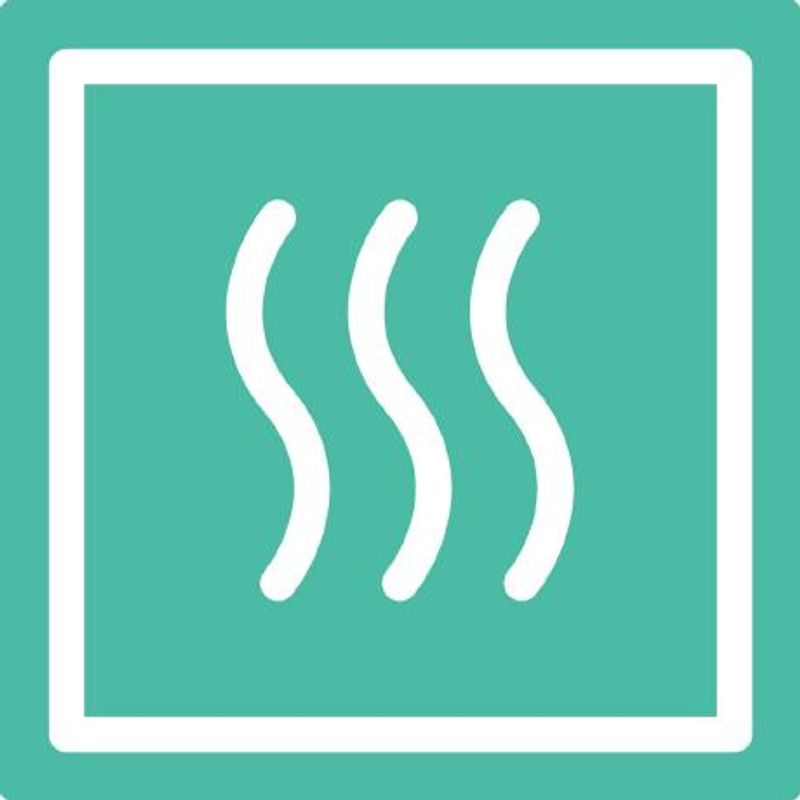

EdgeJS
Edge is a feature-packed template engine for Node.JS that AdonisJS utilizes out-of-the-box. It comes with support for conditionals, looping, partials, layouts, components, and so much more.
From The Feed
-
EdgeJS extension for Zed code editor
Hello folks,
Since I met AdonisJS, I adopted it to be my main framework for building web apps, I would love to thank the team behind it for this amazing work.
Recently, I rediscovered Zed editor, which is the fastest code editor I have ever u...
Read more -
Delayed Page Rendering on Tab Focus
When I switch browser tabs and return to a page after some time (for example, https://adocasts.com/series/lets-learn-adonisjs-6/lessons/filtering-by-users-watched-status), the page initially appears blank. However, if I wait a moment or cli...
Read more -
alpine js and edge js
hello guys , sorry if this is a stupid question but i have been searching for way to pass data from alpine js to edge js , in my case i need to pass an id to the route() where the id is coming from the selectedReview alpine variable :
<te...
Read more -
A Simple Framework Based on Edge.js
Hi everyone, I’ve just released Laman.js, a simple framework that adds file-based routing with Express on top of Edge.js and integrates Vite for easier development. I’ve also built LamanHub, a hosting platform where you can deploy Laman.js ...
Read more
Lessons.


Listing Movies from their Markdown Files
In this lesson, we'll learn how we can list movies and their details directly from our movies directory using a YAML-based declaration called frontmatter.


Reading and Supporting Markdown Content
In this lesson, we'll learn how we can support Markdown content by switching our movies from HTML to Markdown. To do this, we'll make use of the DimerApp Markdown package.


Setting Up Tailwind CSS
In this lesson, we'll learn how to install and configure PostCSS and Tailwind CSS within our AdonisJS 6 project using Vite.

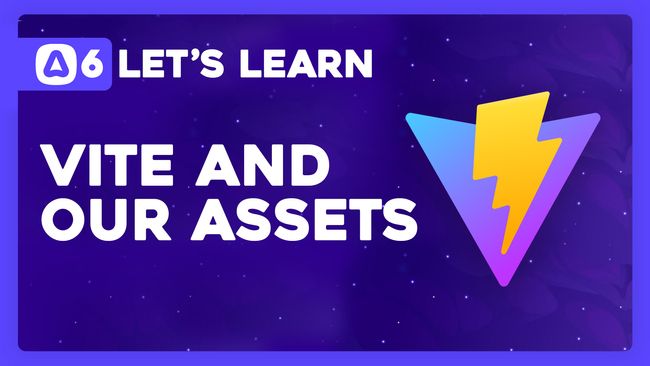
Vite and Our Assets
In this lesson, we'll learn how Vite is integrating into our EdgeJS views to serve our JavaScript and CSS files.


Linking Between Routes
In this lesson, we'll learn how we can link between the routes we have defined in our application. We'll also learn about the importance of HTTP Method verbs and resources to standardize our route definitions.


Rendering a View for a Route
In this lesson, we'll learn how we can use the EdgeJS Template Engine to render HTML views and send them back as the response for our routes. We'll also see how we can pass dynamic data into our views from our route handler.


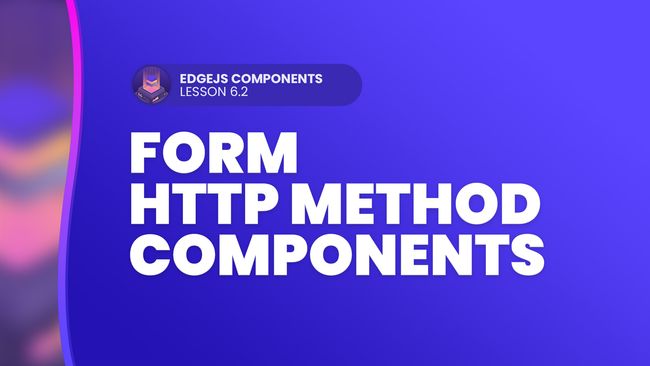
Form HTTP Method Components
In this lesson, we'll create helper HTTP Method form components, further simplifying our method spoofing by allowing us to just chain the desired method off our form component.


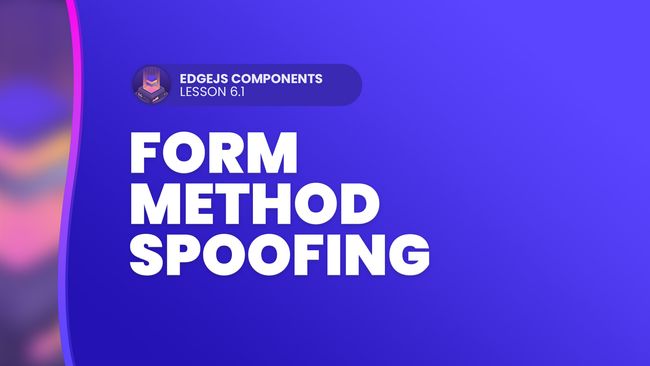
Form Component Method Spoofing
In this lesson, we'll add simplified HTTP Method Spoofing functionality to our base form component. With this simplified functionality all we'll need to do is specify the desired HTTP Method to the method prop and it'll add it to our URL.


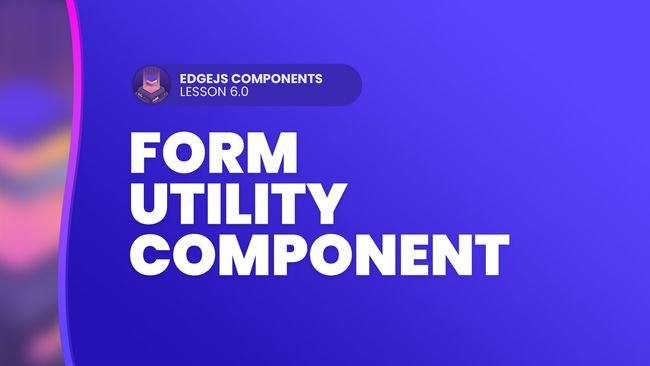
Form Utility Component
In this lesson, we'll start a form utility component. This component will allow us to create one central location where we can maintain our forms and provide additional functionality like simplified method spoofing.



Bordered, Active Bordered, and Plain Variants
In this lesson, we'll split out three different variants from the accordion item we made in the last lesson. We'll create bordered, active bordered, and plain accordion items.



Identifying Accordion Items
In this lesson, we'll add the ability to have more than one item on a given accordion by creating a new accordion item component.


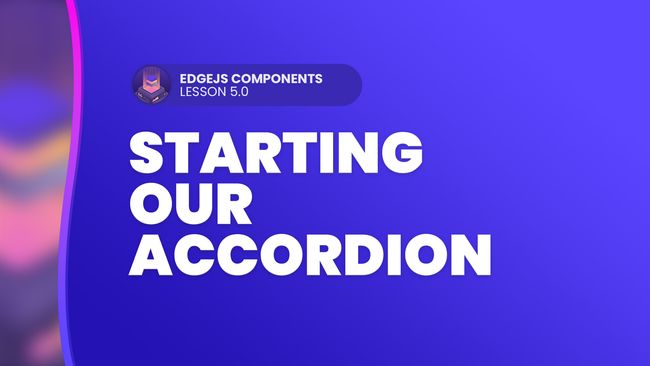
Starting Our Accordion
In this lesson, we'll start our accordion component and gain an understanding of how to handle uniquely identifying components that may appear multiple times on a single page via the AlpineJS magic id utility.


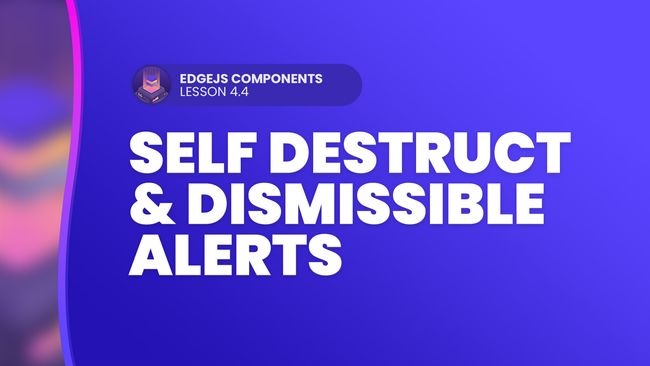
Dismissible & Self Destructing Alerts
In this lesson, we'll focus on adding interactivity to our alerts by making them both conditionally dismissible and self-destructable.


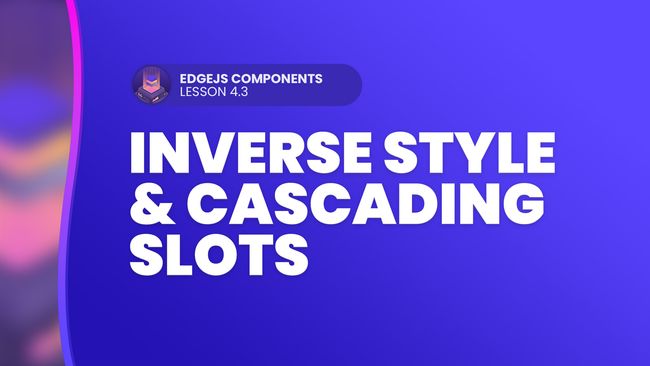
Inverse Alert Style & Cascading Slots
In this lesson, we'll add our alert's inverse styling by extending our base alert. We'll also see how to cascade slots passed into our inverse alert to our extended base alert.


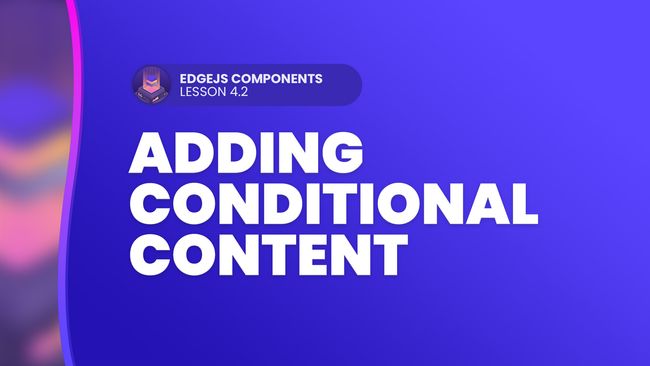
Adding Conditional Icon, Headline, and Message Content
In this lesson, we'll make our alert's icon, headline, and message completely optional. We'll also allow our icon to be provided via slot and our headline and message via prop or slot.



Adding Alert Variants
In this lesson, we'll focus on adding a light, dark, blue, green, red, and yellow variant option to our base alert.



Creating Our Base Alert
In this lesson, we'll create our base alert to serve as our building block for our content, variant, and style options. We'll also fix a pseudo-selector issue.


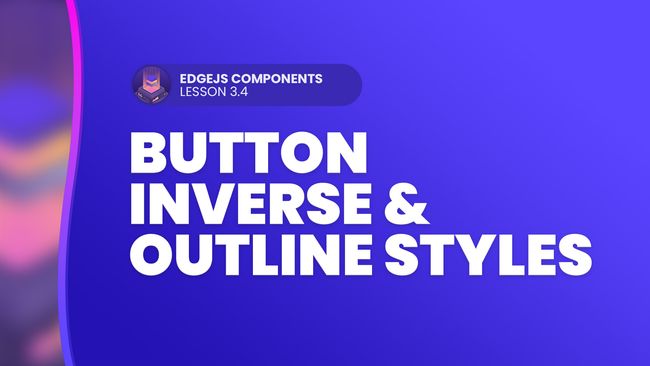
Adding Button Inverse and Outline Styles
In this lesson, we'll add two new button style options, inverse and outline. Both styles will extend off the work we did with our base button to keep all functionality in one concise location


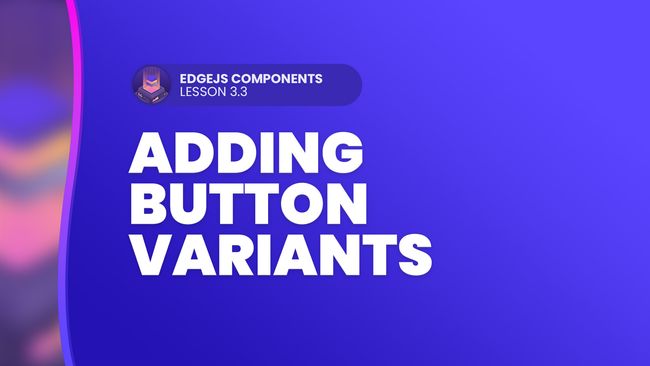
Adding Button Variants
In this lesson, we'll add variant options for our base button. These will provide light and dark options as well as stateful coloring blue, green, red, and yellow.


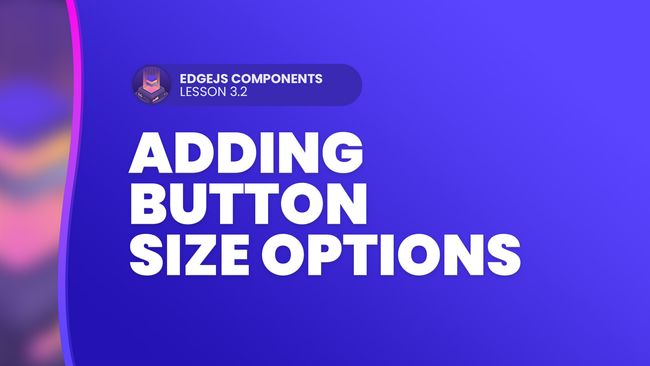
Adding Button Size Options
In this lesson, we'll add four size options to our base button large, base, small, and extra small. These sizes will then automatically be available as we add our button variants and styles.
Showing 41 to 60 of 90 results